
Here are some common myths about general insurance and the truth behind them:
1. Myth: Insurance is too expensive.
Reality:
Insurance costs depend on several factors, including the type of policy, coverage amount, and your personal risk profile. Many people overestimate the cost, while affordable options often provide essential protection.
This is one of the most common misconceptions about insurance. While it’s true that insurance involves regular payments, its value far outweighs the cost in most scenarios. Let’s break down the reality behind this myth.
Premium Costs Are Customizable
- Insurance premiums vary widely based on the type of coverage, level of risk, and personal circumstances.
- Most insurers offer flexible plans, allowing you to tailor coverage to fit your budget. For example, opting for a higher deductible can lower your monthly premiums.
2. Myth: Young and healthy people don’t need insurance.
Reality:
Unexpected events like accidents, illnesses, or theft can happen to anyone, regardless of age or health. Insurance provides a safety net, especially for unpredictable circumstances.
It’s a common belief that young, healthy individuals can skip insurance because they’re unlikely to face health issues or accidents. However, this assumption overlooks the unpredictable nature of life. Here’s why even young and healthy people should consider having insurance:
Accidents and Emergencies Can Happen Anytime
- Being young and healthy doesn’t make you immune to unexpected events like accidents, injuries, or sudden illnesses.
- Health insurance ensures you won’t face crippling medical bills for emergency room visits, surgeries, or hospital stays.
2. Insurance Is More Affordable When You’re Young
- Premiums for health, life, and other types of insurance are typically lower for young individuals.
- Locking in a policy at a young age allows you to benefit from lower rates over time, even as you age.
3. Preventive Care Saves Money in the Long Run
- Health insurance often covers preventive services, such as vaccinations, screenings, and annual check-ups, at little or no cost.
- Regular care helps catch potential health issues early, preventing costly treatments down the line.
4. Protects Against Unforeseen Financial Strain
- Even a minor medical procedure can result in significant out-of-pocket costs without insurance.
- Disability insurance is crucial too—an injury could temporarily or permanently affect your ability to work and earn.
5. Coverage for Lifestyle Risks
- Many young people lead active lifestyles involving sports, travel, or adventurous hobbies. These activities increase the likelihood of injuries, making insurance a vital safety net.
6. Student Loans and Financial Responsibilities
- Young individuals often have debts like student loans. Life insurance can ensure these debts aren’t passed on to family members in case of an untimely death.
7. Avoids the Risk of Being Uninsured
- In many countries, going without health insurance can result in penalties or fines. Additionally, having no insurance can disqualify you from accessing timely care during emergencies.
8. Builds a Foundation for the Future
- Life insurance purchased when you’re young and healthy is more affordable and offers long-term financial security.
- Health insurance ensures continuity of care as you age or develop conditions that could make getting insurance harder or more expensive.
Real-Life Example: Why It Matters
Imagine a young, active 25-year-old who breaks their leg during a recreational soccer game. Without insurance:
- Surgery, physical therapy, and follow-up care could cost upwards of $30,000.
- These unexpected expenses could derail financial plans and savings.
The Bottom Line
Insurance is not just about immediate health or age—it’s about preparing for the unpredictable. Investing in insurance while young and healthy provides financial security, peace of mind, and long-term savings.
3. Myth: Home insurance covers all damages.

Reality:
Standard home insurance policies often exclude damages caused by floods, earthquakes, or certain natural disasters. Specific riders or additional policies are needed for such coverage.
Many homeowners believe that a home insurance policy will cover every type of damage to their property. Unfortunately, this isn’t true, and understanding what’s covered (and what’s not) can save you from unpleasant surprises. Let’s clarify the facts.
Read more: Commercial Insurance regulation you should know
Standard Home Insurance Coverage
A typical home insurance policy covers specific types of damages, such as:
- Fire and smoke damage.
- Storm damage, including wind and hail (depending on the policy).
- Theft and vandalism.
- Water damage from burst pipes (not flooding).
- Personal liability if someone gets injured on your property.
- Temporary living expenses if your home becomes uninhabitable due to a covered peril.
However, there are many exclusions that homeowners need to be aware of.
2. Exclusions: What Home Insurance Doesn’t Cover
Standard home insurance policies often exclude:
- Flood damage.
Flooding caused by natural disasters like hurricanes or heavy rain requires a separate flood insurance policy. - Earthquake damage.
Coverage for earthquakes typically requires an additional rider or a separate earthquake insurance policy. - Normal wear and tear.
Routine maintenance, aging systems, or neglect are not covered. For example, a roof that leaks due to old age won’t be eligible for a claim. - Pest infestations.
Damage caused by termites, rodents, or other pests is considered a maintenance issue. - Acts of war or government actions.
Most policies exclude damages caused by war, terrorism, or seizure by the government.
3. Coverage for Personal Belongings
- Most policies cover personal belongings but only up to a certain limit.
- High-value items like jewelry, antiques, or art may require additional riders for full coverage.
4. Water Damage: A Common Grey Area
- Covered: Burst pipes or accidental water overflow (e.g., a washing machine).
- Not Covered: Floods, sewer backups, or gradual leaks. A separate rider or flood insurance is necessary for these situations.
5. Why Additional Policies or Riders Are Important
To ensure comprehensive protection, consider supplemental policies such as:
- Flood insurance. Required in high-risk areas and highly recommended even in low-risk zones.
- Earthquake insurance. Especially critical for residents in earthquake-prone regions.
- Sewer backup coverage. Protects against damage caused by sewer system failures.
6. Misunderstandings About Deductibles
Even if damage is covered, policyholders must pay a deductible before the insurance kicks in. Additionally, the payout may be limited by the policy’s coverage limits.
7. How to Ensure Proper Coverage
- Review your policy: Regularly check your policy documents to understand the coverage and exclusions.
- Ask questions: Consult your insurer about any potential risks specific to your area.
- Consider upgrades: Add riders or separate policies for high-risk scenarios not covered by standard insurance.
Example of a Coverage Gap
Imagine a homeowner who experiences basement flooding after a severe storm. If they don’t have flood insurance:
- Repairs for water damage, mold remediation, and ruined furniture could cost tens of thousands of dollars, none of which will be covered by their standard policy.
The Bottom Line
Home insurance provides crucial protection, but it doesn’t cover everything. Being aware of what’s excluded can help you plan better, reduce financial risks, and ensure your home is adequately protected.
4. Myth: Red cars cost more to insure.
Reality:
Insurance premiums are not based on the color of your car. Factors like the car’s make, model, age, safety features, and your driving history play a more significant role.
This is one of the most persistent myths about car insurance, but it’s completely untrue. The color of your car, whether red, black, or any other shade, has no bearing on your insurance premiums. Here’s the reality.
What Actually Affects Car Insurance Rates
Insurance companies calculate premiums based on factors that influence the risk of claims, such as:
- Vehicle make and model: More expensive or high-performance cars cost more to insure.
- Vehicle age and safety features: Older cars or those lacking modern safety technology may have higher premiums.
- Driver history: Accidents, traffic violations, and claims history significantly impact rates.
- Location: Areas with higher crime rates or accident statistics can lead to higher premiums.
- Usage and mileage: Frequent use or higher annual mileage increases risk exposure.
2. Why This Myth Exists
The idea that red cars cost more to insure likely stems from stereotypes:
- Red cars are often associated with sporty, high-performance models.
- People assume red cars attract more attention from law enforcement, leading to more tickets.
While sporty cars do have higher premiums due to their performance, it’s not because they’re red—any color of the same make and model will have identical rates.
3. What Insurance Companies Don’t Consider
- Car color: Insurers don’t ask for or track the color of your car when calculating premiums.
- Personal aesthetics: Factors like tinted windows, custom paint, or vanity plates don’t affect premiums unless they impact vehicle performance or safety.
4. Real Cost Drivers: Sports Cars vs. Regular Cars
If a red car is a high-performance sports model, its insurance cost will naturally be higher than a standard sedan. But if a red car and a white car are the same make, model, and year, they’ll have identical insurance rates.
5. Choosing a Car Based on Insurance Costs
If you want to keep premiums low, focus on these factors instead of color:
- Safety ratings: Cars with high safety ratings may qualify for discounts.
- Repair costs: Models with expensive parts or frequent claims tend to cost more to insure.
- Anti-theft features: Cars equipped with alarms, GPS tracking, or immobilizers often have lower premiums.
Example: Red Sedan vs. Blue Sedan
Let’s compare two cars:
- Car A: A red Toyota Camry with standard safety features.
- Car B: A blue Toyota Camry with the same specifications.
Insurance premiums for both cars will be identical because the only differences are aesthetic, not risk-related.
The Bottom Line
Car color, including red, has no impact on insurance premiums. It’s your car’s make, model, safety features, and your driving history that matter most. Feel free to choose your favorite color without worrying about higher costs!
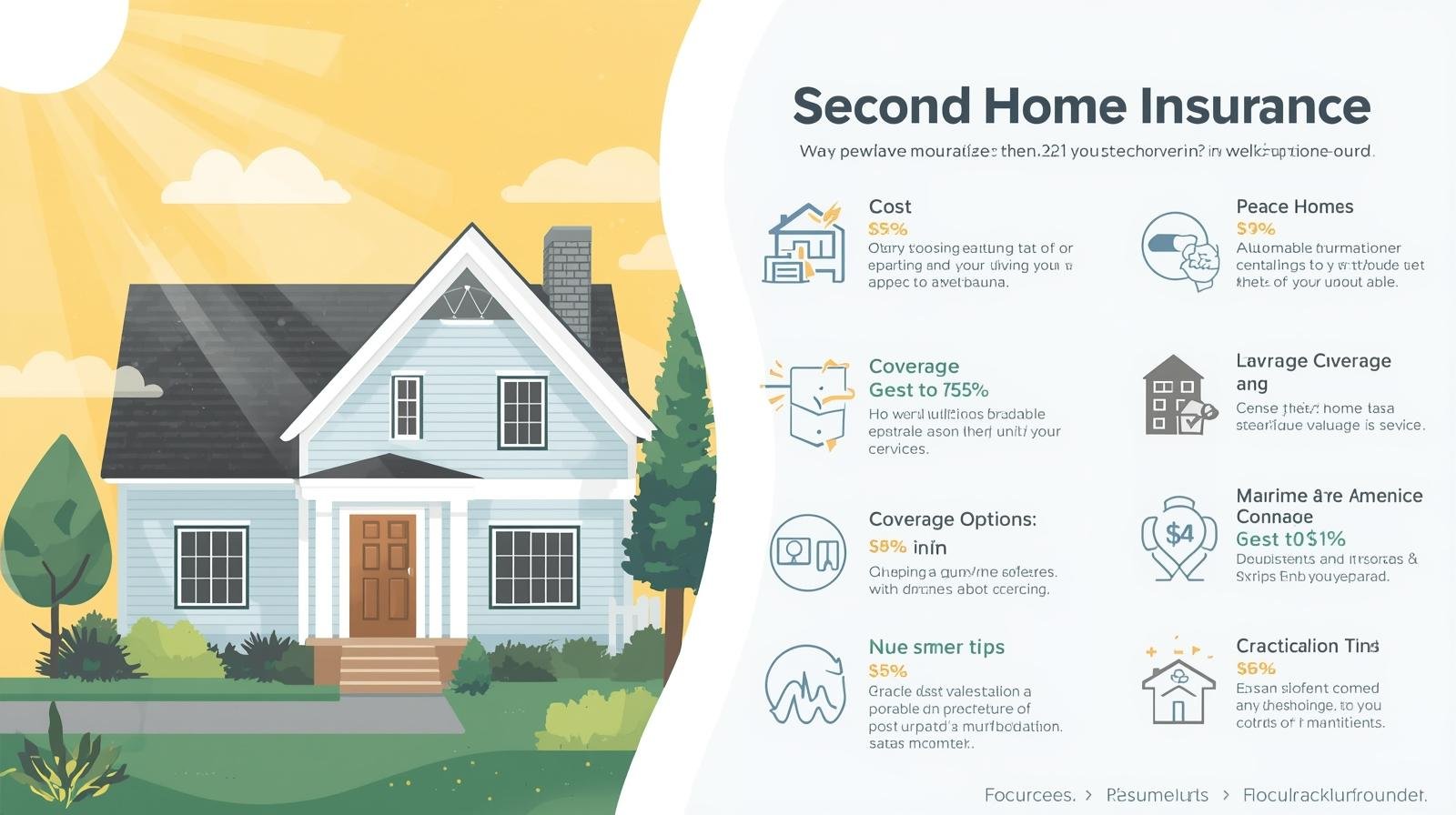
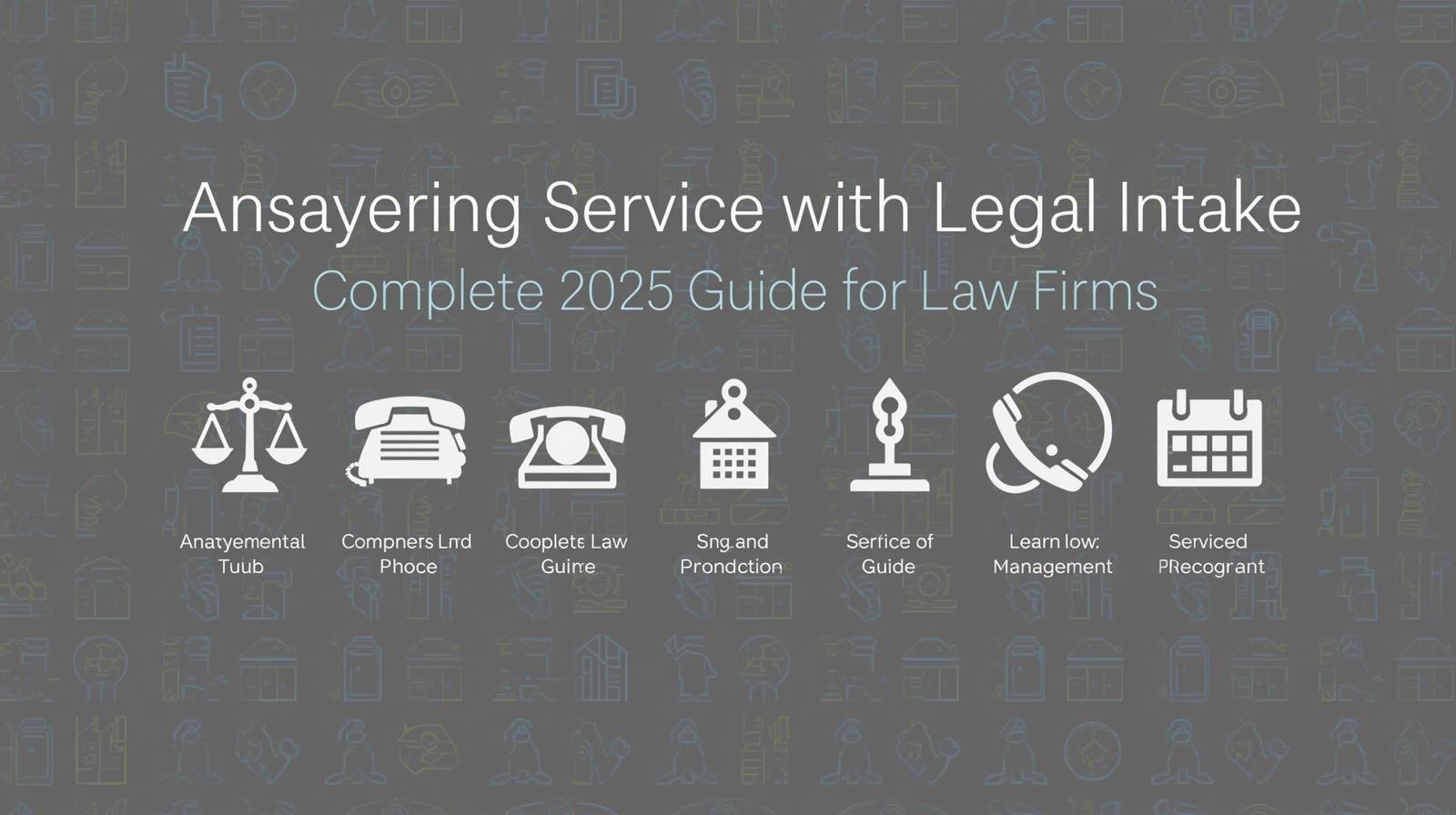

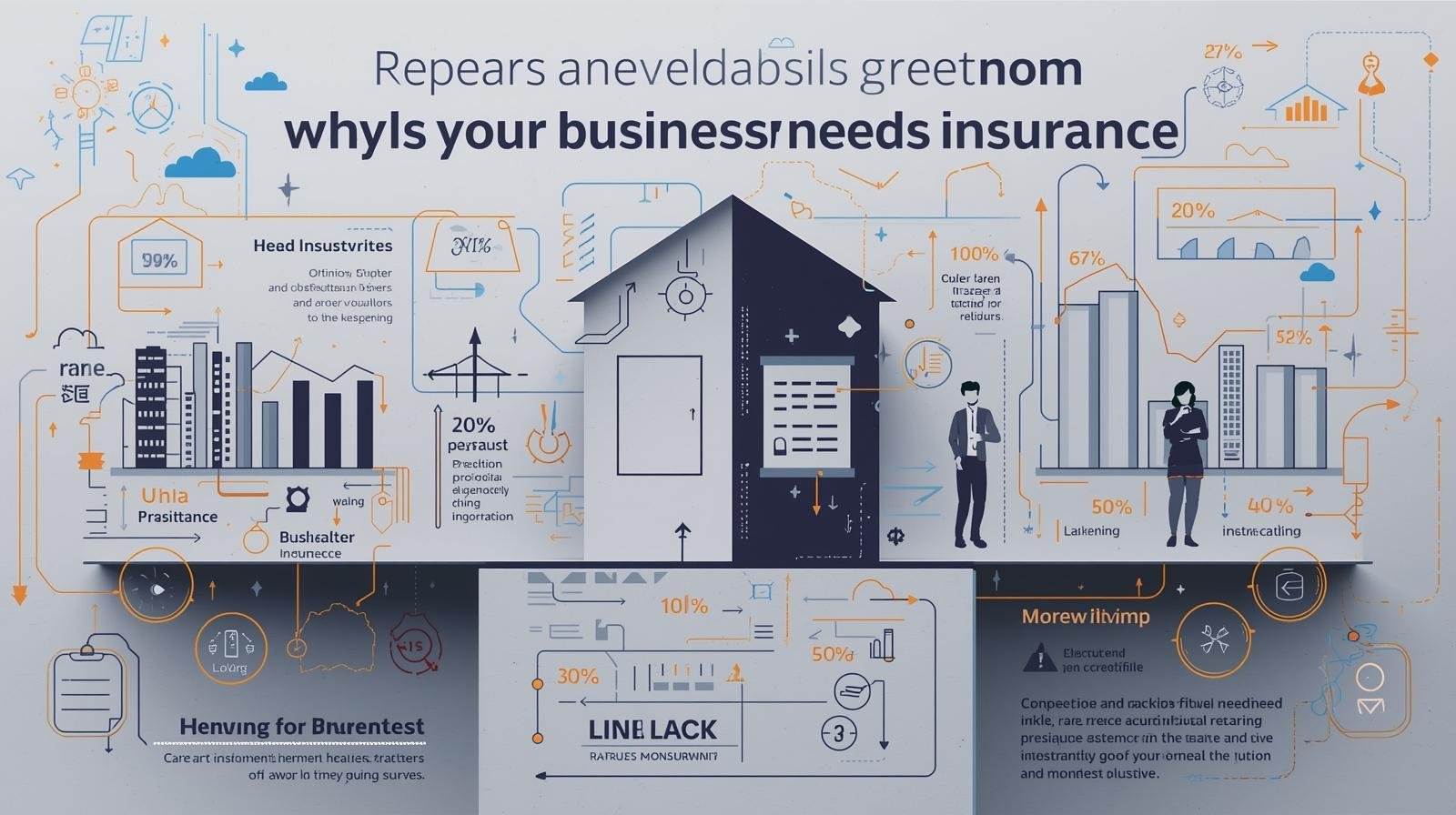

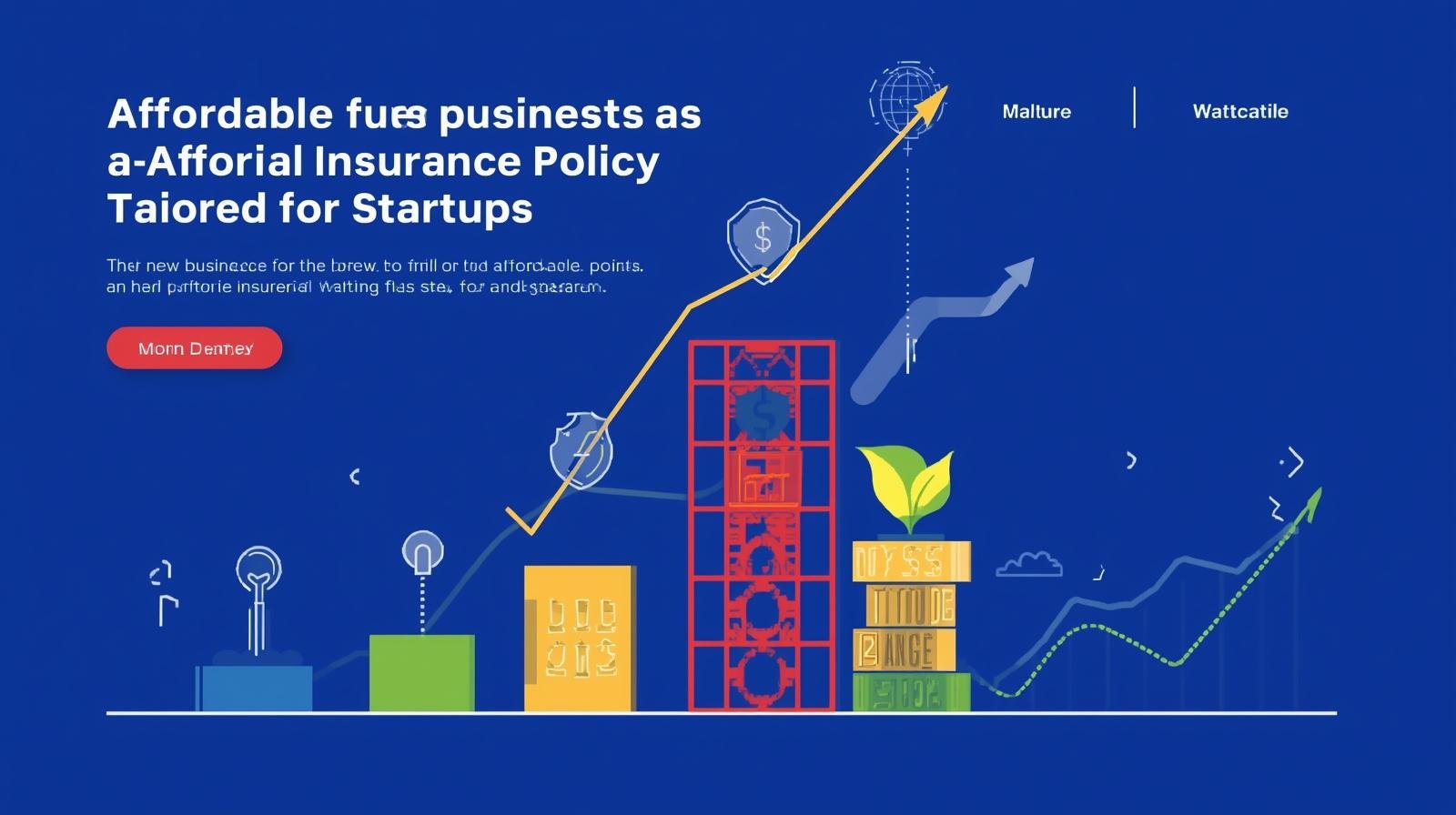
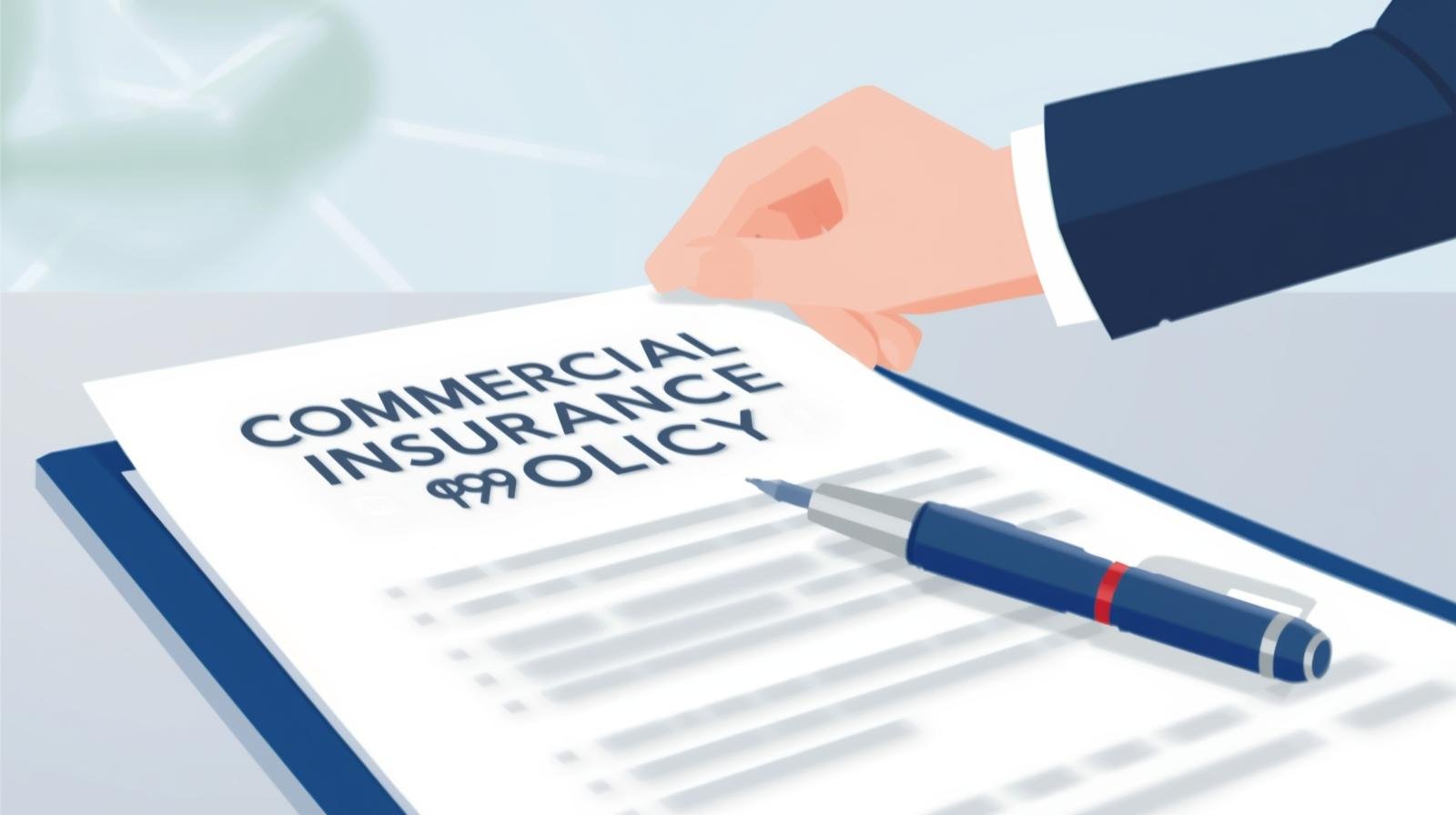


Leave a Reply